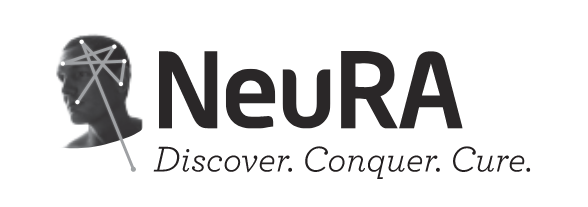Use the Back button in your browser to see the other results of your search or to select another record.
The utility of a community-based knee ultrasound in detecting meniscal tears: a retrospective analysis in comparison with MRI
Awan F, Mondal P, van der Merwe JM, Vassos N, Obaid H
Healthcare (Basel) 2024 Oct 16;12(20)
primary study
BACKGROUND: MRI is the gold standard for detecting meniscal tears; however, ultrasound may readily detect meniscal changes, obviating the need for MRI. We aim to (1) determine ultrasound sensitivity, specificity, positive predictive value (PPV), negative predictive value (NPV), and accuracy in detecting meniscal changes, and (2) describe characteristic meniscal changes in US and their prevalence. METHODS: A retrospective analysis of knee ultrasound scans for the presence of medial and lateral meniscal tears was conducted. Meniscal changes were characterized into five US appearances (cleft, diminutive, cyst, displaced fragment, and extrusion) by the consensus of two musculoskeletal radiologists. Ultrasound findings were then compared to MRI results. RESULTS: In total, 249 patients were included. Ultrasound sensitivity, specificity, PPV, NPV, and accuracy for medial meniscal tears were 79%, 97.3%, 95.3%, 86.6%, and 90%, respectively, and for lateral meniscal tears the ultrasound sensitivity, specificity, PPV, NPV, and accuracy were 63%, 99.5%, 96%, 93%, and 93.6%, respectively. The false negative and false positive rates for medial meniscal tears were 13.4% and 4.7%, respectively, and for the lateral meniscus, the false negative and false positive rates were 6.7% and 3.8%, respectively. Meniscal clefts were the most prevalent appearance in the medial meniscus followed by extrusions. Meniscal extrusions were the most prevalent appearance in the lateral meniscus followed by clefts. CONCLUSIONS: Community-based US is highly accurate in the detection of meniscal tears when compared with MRI, making it a valuable diagnostic imaging tool for detecting meniscal tears in a community setting where accessibility to MRI is limited or if there are MRI contraindications.
Full text (sometimes free) may be available at these link(s): ![]() help
help


